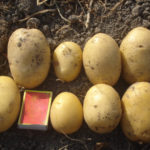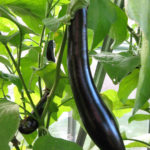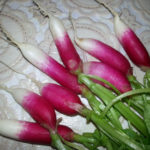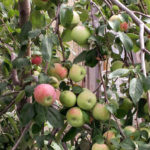Rose Anastasia (Anastasia)
A bouquet is a delicate matter, it must be selected according to the celebration. For example, white roses captivate us at first sight, because white is the color of purity and innocence. White petals can be compared to the attire of a bride, so during weddings, varieties with white petals are in greatest demand. Anastasia is distinguished by such delicate whiteness.
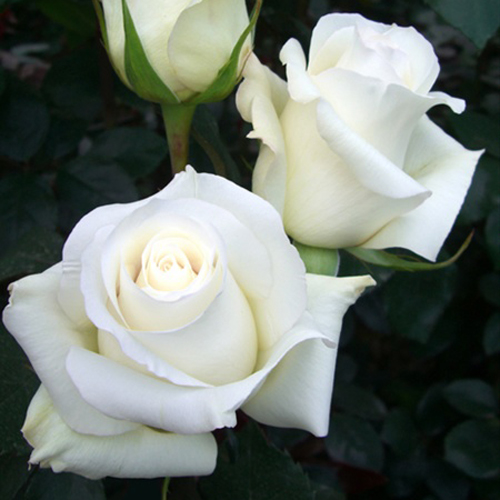
History of creation
A hybrid tea snow-white beauty in 2001 was presented to the world of flower lovers by the French company NIRP International “Roses of Success”. French breeders managed to get such an excellent result in the process of crossing the German Tanselbon (Jürgen Evers) and the French PEKwhina (Paul Pekmez). In the rose market, the variety is known as Anastasia (Nirpwhi) and is represented in the cut category. The name Anastasia is a registered trademark.
The described variety should not be confused with another, which has a similar name - Anastasia, but its unique code name is spelled ADAmariat. This species was also born in France, but much later - in 2011. Its creator is Michelle Adam.
Description
The plant meets the standards of the hybrid tea family - the bush is not too tall - 100 - 110 cm, erect, therefore not spreading, with a diameter of about 50 - 90 cm. It looks compact from the side. Shoots are quite powerful, growing straight. Thorniness is present, but insignificant. The foliage is good, the foliage is quite dense, the leaf plate is large, the surface is glossy. The dark green color of the leaves serves as an excellent backdrop for the snow-white rose. On a strong, suitable for cutting stem of Anastasia, 1 flower appears.

The shape of the bud is classic - goblet, about 8 cm high, the bud looks graceful. The flower is rather large - 10 - 11 cm in diameter (according to some reports, 14 - 15 cm), double, collected from 26 - 40 snow-white petals, which, as they bloom, bend back, but the center often remains closed. The color is white, but the tightly closed core of the flower can acquire a subtle pink-cream shade. In any flowering period, our heroine looks elegant.
Bloom
The beauty Anastasia belongs to the re-flowering. But according to the observations of flower growers, with proper care, the bush constantly forms buds throughout the summer. The duration of flowering is long - it begins in the third decade of May and stops only with the onset of a stable cold snap. The rosebud blossoms slowly, giving you the opportunity to enjoy the wondrous beauty and purity of color. True, sometimes there are complaints that the fading heads do not look very aesthetically pleasing, the petals become brown. This problem is fairly easy to fix by pruning the wilted flower. You cannot name a richly blooming variety, but due to the rather long lifespan of a single flower, the bush has excellent decorative effect throughout the season.
Characteristics
- The winter hardiness of the variety corresponds to the 6th USDA zone (US Department of Agriculture). This means that the plant should winter normally at -23.3 ° C. But, according to reviews, it is still better to cover the bush already at -20 ° C;
- average immunity - to black spot and powdery mildew, resistance is generally good, but problems still happen. Rose growers often complain about the invasion of insect pests, the rose is often bothered by thrips, and especially bronzes attracted by the smell;
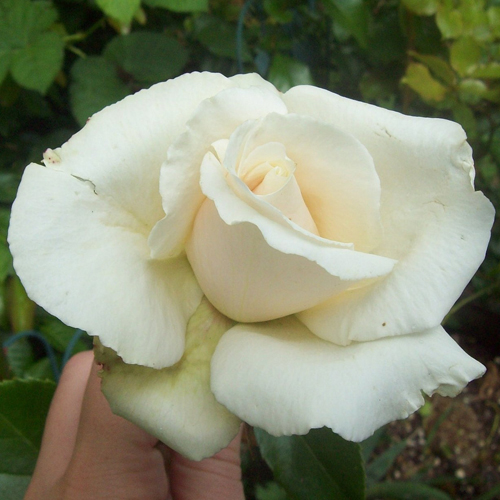
- Anastasia's aroma is rather weak, but very pleasant - delicate and delicate, fruity, reminiscent of a ripe pear. In hot weather, the aroma is barely caught;
- a decrease or increase in air temperature does not affect the plant;
- resistance to rain is excellent, and this is confirmed by many growers. Blooming roses do not deteriorate under the influence of moisture, snow-white petals are rarely touched by spotting, which is a very rare phenomenon with this color;
- white color is resistant to bright sun, does not fade. But in cold weather, the petals can become creamy;
- in the cut, the rose stands for quite a long time - up to 12 days, blooms gradually, does not lose its attractiveness.
Planting and leaving
According to experts, the best period for planting the Anastasia variety is spring. But some people prefer the autumn period, and do not miscalculate, especially if they live in the south. The soil for Snow White needs nutritious, good moisture conduction and does not interfere with gas exchange in the roots. Ideally, a slightly acidic loam is suitable. The place should be well lit, open enough for natural ventilation, but away from drafts. The Frenchwoman will reveal her full potential only with proper care. It is not complicated, but it should be remembered that the plant loves watering and needs nutrition. Moderate moisture should be maintained in the soil, loosening and weeding should be carried out in a timely manner. Nitrogen introduced in spring stimulates growth rates, and for a rose to bloom, a whole complex is needed, including potassium, iron, phosphorus, magnesium, manganese, boron. It is best to purchase a balanced flowering fertilizer. In the spring, short pruning is carried out so that the plant can form tall stems. Faded heads are promptly removed.
Anastasia fell in love with flower growers for her tenderness and sophistication. Despite the fact that the variety was bred as a cut, the plant will perfectly decorate the garden corner. The ideal place for an exquisite flower can be found in a flower bed or in a rose garden, near a gazebo for relaxation, as a border. A relatively short bush will look good in the foreground, like a solo plant, for example, near the entrance to a house. The heroine of our story will get along well with short perennials. Pure white color will bring freshness and even a certain austerity to any garden composition. But in order to admire the delicate line of petals and snow-white colors, you need to pay enough attention to your darling.
